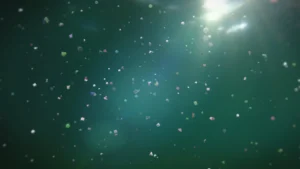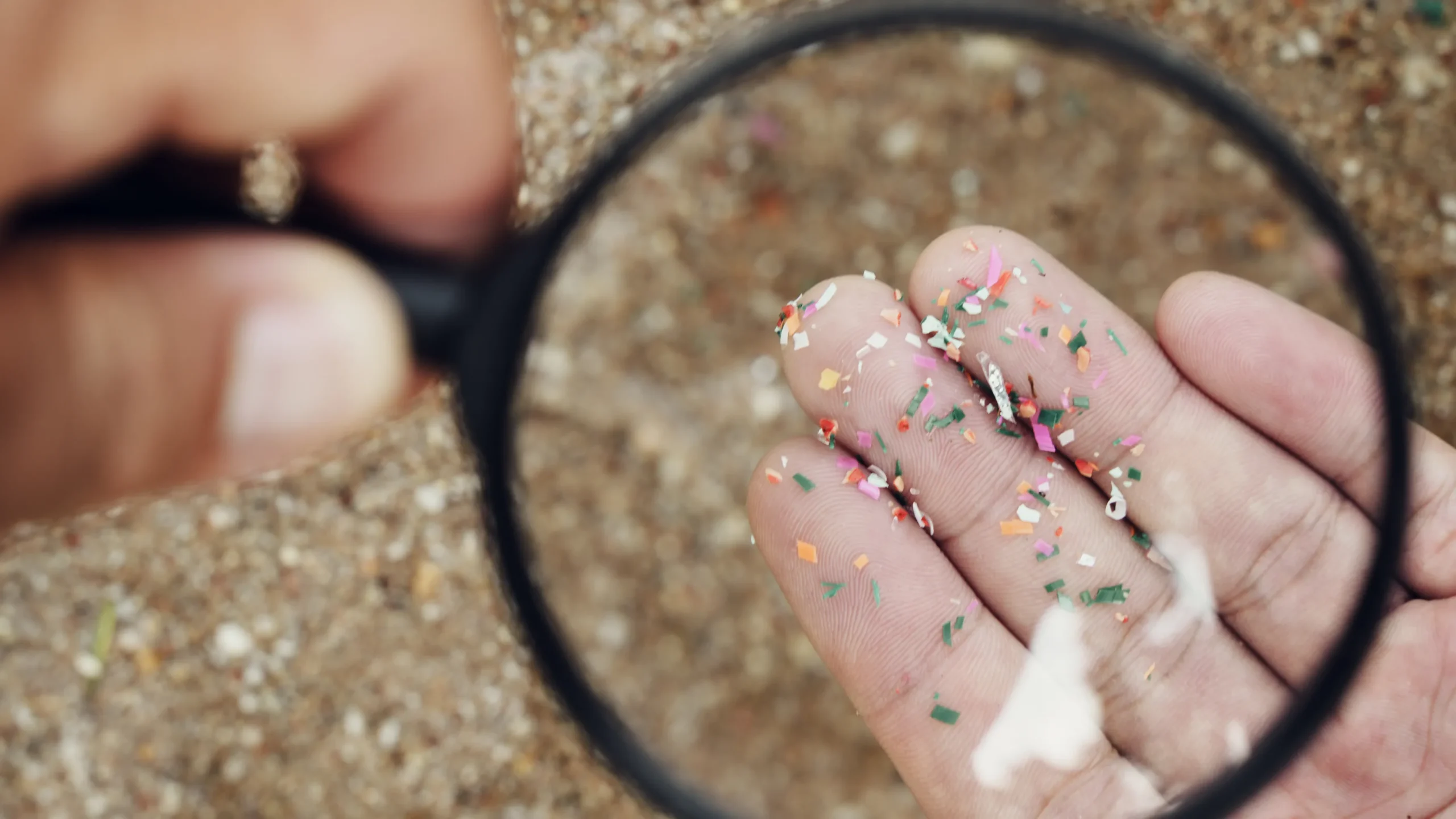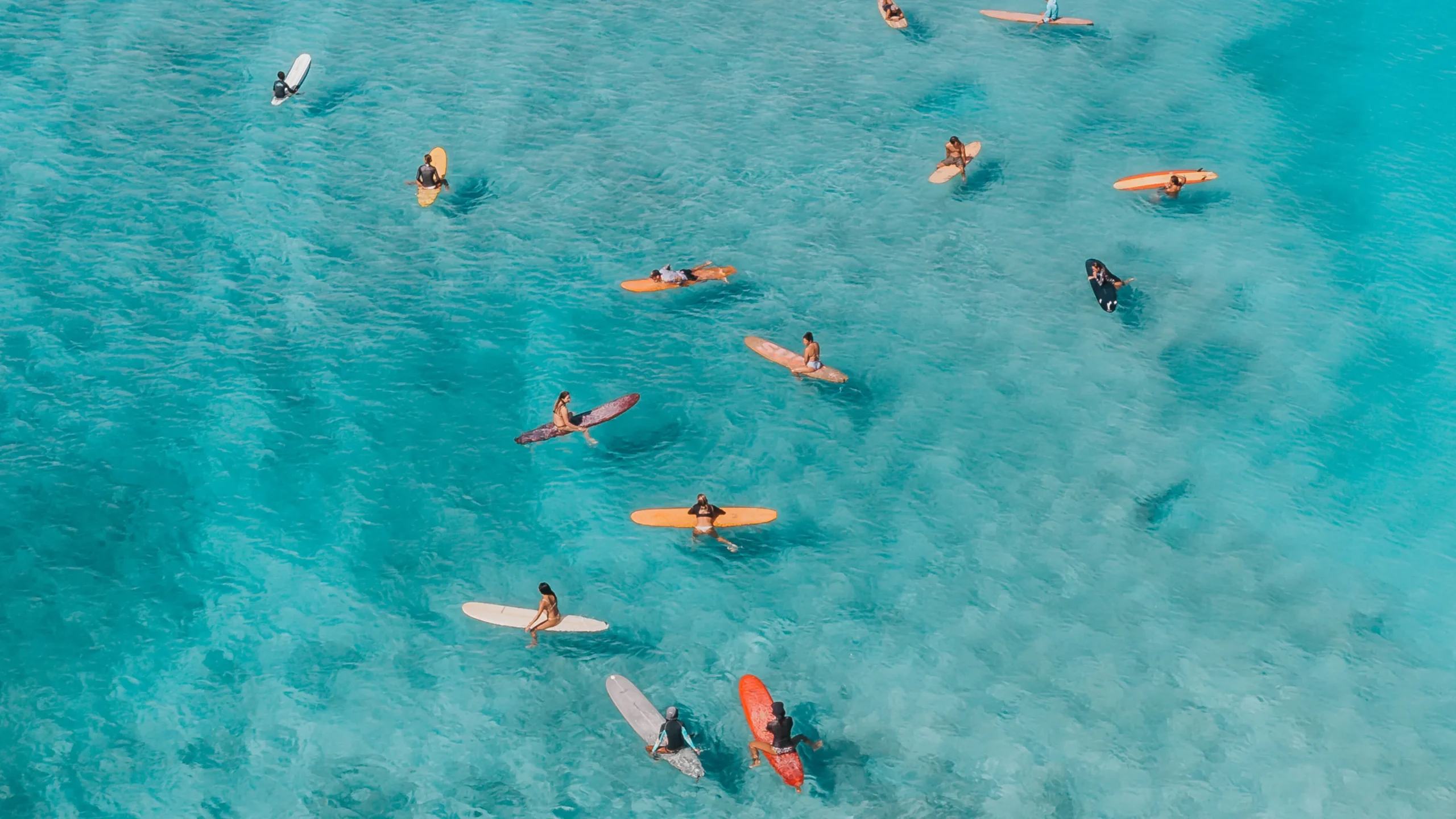
What Are Microplastics and Why Are They a Threat to Our Oceans?
Microplastics have become one of the most significant environmental challenges of our time. These tiny...

The problem of microfibres and microplastics in our waterways has long been linked to domestic sources, such as home laundry. However, commercial and industrial sources also contribute significantly to this growing environmental issue. These tiny synthetic fibres shed from textiles and other materials are entering our ecosystems, with devastating consequences for marine life and beyond. In this article, we’ll explore the industrial sources of microfibres, their effects, and the alternatives that can help reduce their impact.
Microfibres are tiny synthetic or semi-synthetic fibres, often less than 5mm in length, that are released into the environment during textile manufacturing, laundering, and disposal. When they make their way into rivers, lakes, and oceans, they become part of the microplastic pollution problem, as these fibres often originate from materials like polyester, acrylic, and nylon.
Commercial and industrial processes release these fibres at a much larger scale compared to domestic sources. Activities such as large-scale textile manufacturing, industrial laundering, and the use of synthetic materials in construction and other industries contribute heavily to this form of pollution.
Textile Manufacturing: The production of synthetic textiles is one of the largest contributors to industrial microfibre pollution. Processes like cutting, washing, and dyeing fabrics result in fibre shedding. The wastewater from these facilities often carries microfibres into local water systems if not adequately treated.
Industrial Laundering: Hotels, hospitals, and other facilities that handle industrial-scale laundering generate significant amounts of microfibres. Washing large quantities of synthetic fabrics under high-speed cycles exacerbates fibre shedding. Without effective filtration systems, these microfibres enter wastewater streams unchecked.
Carpets and Upholstery: The commercial use of synthetic carpets and upholstery is another significant source. Over time, these materials shed fibres during cleaning, wear, and tear. Vacuuming and industrial cleaning methods may release microfibres into the air and surrounding environments.
Geotextiles and Construction Materials: Industries that use geotextiles—synthetic fabrics designed for landscaping, erosion control, and construction—are also major contributors. These materials break down over time, releasing fibres into the soil and waterways.
Fishing and Aquaculture: The marine industry, including commercial fishing and aquaculture, often relies on synthetic ropes, nets, and other equipment. These materials degrade with use, shedding microfibres directly into the ocean.
The environmental and ecological consequences of microfibre pollution are far-reaching:
Impact on Marine Life: Microfibres are ingested by marine organisms, from tiny plankton to larger fish and marine mammals. These fibres can block digestive systems, cause physical harm, and lead to starvation or death.
Bioaccumulation and Trophic Transfer: When smaller organisms ingest microfibres, these pollutants accumulate in their bodies. As larger predators consume these organisms, microfibres and their associated toxins move up the food chain, eventually reaching humans.
Chemical Contamination: Microfibres often carry harmful chemicals, such as dyes, flame retardants, and pesticides. Once ingested by marine life, these chemicals can disrupt hormonal systems and reproduction, leading to population declines.
Water Quality Degradation: Microfibres contribute to the overall degradation of water quality, making it harder to sustain aquatic ecosystems. They also pose challenges for water treatment plants, which are often ill-equipped to filter out microplastics and microfibres.
Tackling industrial microfibre pollution requires a multi-faceted approach involving innovation, regulation, and awareness.
Innovative Filtration Systems: Industrial facilities can install advanced filtration systems to capture microfibres before they enter wastewater streams. At Cleaner Seas Group, we offer cutting-edge solutions like the Indi™ Home Microfibre Filter, which can be adapted for larger-scale applications.
Eco-Friendly Materials: Shifting towards natural, biodegradable materials can help reduce fibre shedding. Industries should explore alternatives like organic cotton, hemp, or other sustainable textiles for production and commercial use.
Improved Manufacturing Processes: Textile manufacturers can adopt methods that minimise fibre shedding, such as pre-washing fabrics during production or using coatings that reduce shedding. Collaboration between industries and researchers is key to developing new technologies.
Legislation and Regulation: Governments can play a significant role by mandating filtration systems in industrial facilities and setting limits on the release of microfibres into water systems. Certification schemes can also encourage businesses to adopt sustainable practices.
Awareness and Training: Educating industries about the environmental impact of microfibres and training workers to adopt best practices can lead to meaningful change. Cleaner Seas Group works closely with businesses to raise awareness and provide sustainable solutions.
At Cleaner Seas Group, we are committed to reducing microfibre pollution through innovative technologies and sustainable practices. Our Indi™ Home Microfibre Filter, initially designed for domestic use, is part of a broader strategy to tackle microfibres on an industrial scale. By partnering with businesses and communities, we aim to protect marine ecosystems and create a cleaner, healthier planet for future generations.
To learn more about our work and explore our range of solutions, visit Cleaner Seas Group.
Industrial microfibre pollution is a pressing issue that requires immediate attention. By understanding its sources, recognising its impacts, and embracing sustainable alternatives, industries can play a pivotal role in protecting our waterways. Cleaner Seas Group is here to support this transition, offering expertise and innovative solutions to combat microfibre pollution effectively.
Get monthly ocean news, offers, events and updates on our mission.
By clicking subscribe, you agree to our Terms and Conditions.
